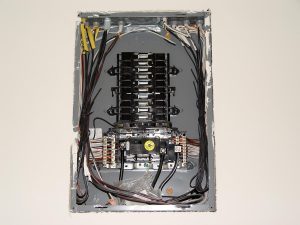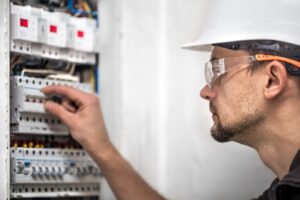 Older properties should be inspected regularly as the electrical systems often face challenges that can cause safety and efficiency problems. The subpanel, or the satellite circuit breaker panel, is a critical component in the electrical system. The results from the inspection will tell you when it is time to upgrade the outdated subpanels because your home must remain safe, functional, and up-to-date with modern electrical standards. This text will help you understand when and how the upgrading process should go.
Older properties should be inspected regularly as the electrical systems often face challenges that can cause safety and efficiency problems. The subpanel, or the satellite circuit breaker panel, is a critical component in the electrical system. The results from the inspection will tell you when it is time to upgrade the outdated subpanels because your home must remain safe, functional, and up-to-date with modern electrical standards. This text will help you understand when and how the upgrading process should go.
Understanding the Role of Subpanels
A subpanel extends the leading service panel, distributing power to various parts of a property. The main service panel is the heart of the electrical system, receiving power from the utility company and distributing it throughout the home. On the other hand, the subpanel serves a specific area and efficiently manages electrical circuits.
They are installed in locations like garages, workshops, or home editions. They feed from a 240-volt breaker on the main service panel. In this way, the power is divided into additional branch circuits, effectively taking the load off the main panel without overworking the overall system.
Why Upgrade Outdated Subpanels?
There are several reasons to consider for upgrading outdated subpanels, especially in older properties. Let’s look at the top three.
Safety Concerns
The older the subpanel model, the more likely it is not to meet current electrical codes. This poses a significant safety risk, as outdated wiring, corroded connections, and wire breakers can lead to electrical fires.
Increase Electrical Demand
Today, we use far more electricity than the homes and buildings built several decades ago. When you upgrade the subpanels, you ensure that the electrical system can handle this increased demand from modern appliances and technology.
Improve the Efficiency
When you upgrade the subpanel, you automatically improve the efficiency of the whole electrical system because you reduce the possibility of circuits overloading and breaking.
Benefits of Installing Subpanels
Now, look at what you get from installing subpanels in your home.
Space
When the main service panel runs out of breaker slots, the subpanel allows you to add the new circuits without needing a complete panel replacement.
Convenience
When you upgrade the subpanel, you get a localized control of electrical circuits. For example, if a circuit breaker trips in your garage, you can reset it only for that location without going to the main panel.
Efficiency
Another benefit of running a single feeder wire to a subpanel is cost-effectiveness, as you save time and money compared to running multiple individual circuits from the main panel.
How to Upgrade Your Subpanel?
Inspection and Assessment
First, you need to evaluate the current state of the electrical system. You must look for signs such as flickering lights, warm outlets, or frequent breaker trips. If you notice these indicators, then it is time to upgrade.
Consult a Professional
You can’t do electrical work on your own; it is complex and dangerous. It is recommended that you hire a licensed electrician company like The Electric Connection which can assess your needs and ensure that the upgrade complies with local electrical codes.
Obtain Necessary Permits
Electrical work requires permits. You must make sure that your electrician includes permit fees in their quote so that you can avoid unexpected costs and fines.
Installation
The electrician will install it and ensure it is correctly connected to the main service panel and has appropriate feeder wires, neutral wires, and ground wires.
How Can Property Managers Help?
Property managers oversee the whole management process of the property and ensure that the safety and functionality of the buildings, particularly older ones, are in order. Here’s how they can assist in upgrading outdated subpanels
Regular Inspections
Property managers schedule regular electrical inspections to identify potential issues early. These inspections can help detect problems with subpanels before they become threatening.
Coordinating Upgrades
When there is a necessity for an upgrade, the property managers can coordinate with the contractors to ensure the work is done efficiently and correctly.
Budgeting and Planning
Upgrading electrical systems can be expensive, but property managers can help budget these upgrades, spreading the cost over time.
Communication with Tenants
Property managers also communicate with tenants about upcoming electrical works so that they can be prepared and minimize disruptions.
Special Considerations for Older Homes
Several things must be taken into consideration, especially when upgrading subpanels in older homes. Here they are.
- Their aging wiring systems may not support modern electrical loads so upgrading the subpanel can help manage these loads more effectively.
- Old subpanels don’t comply with current safety standards, so replacing them with modern subpanels is crucial for safety.
- There is a limited electrical capacity, so adding a subpanel can help distribute power more efficiently.
Conclusion
Upgrading outdated subpanels in properties must be done to maintain a safe, efficient, and modern electrical system. When you understand the role and benefits of subpanels, you know the importance of recognizing an upgrade, so property owners must ensure the electrical system meets the current standard demands with regular inspections and proactive upgrades. Regular inspections and proactivity will improve the overall functionality of the property.





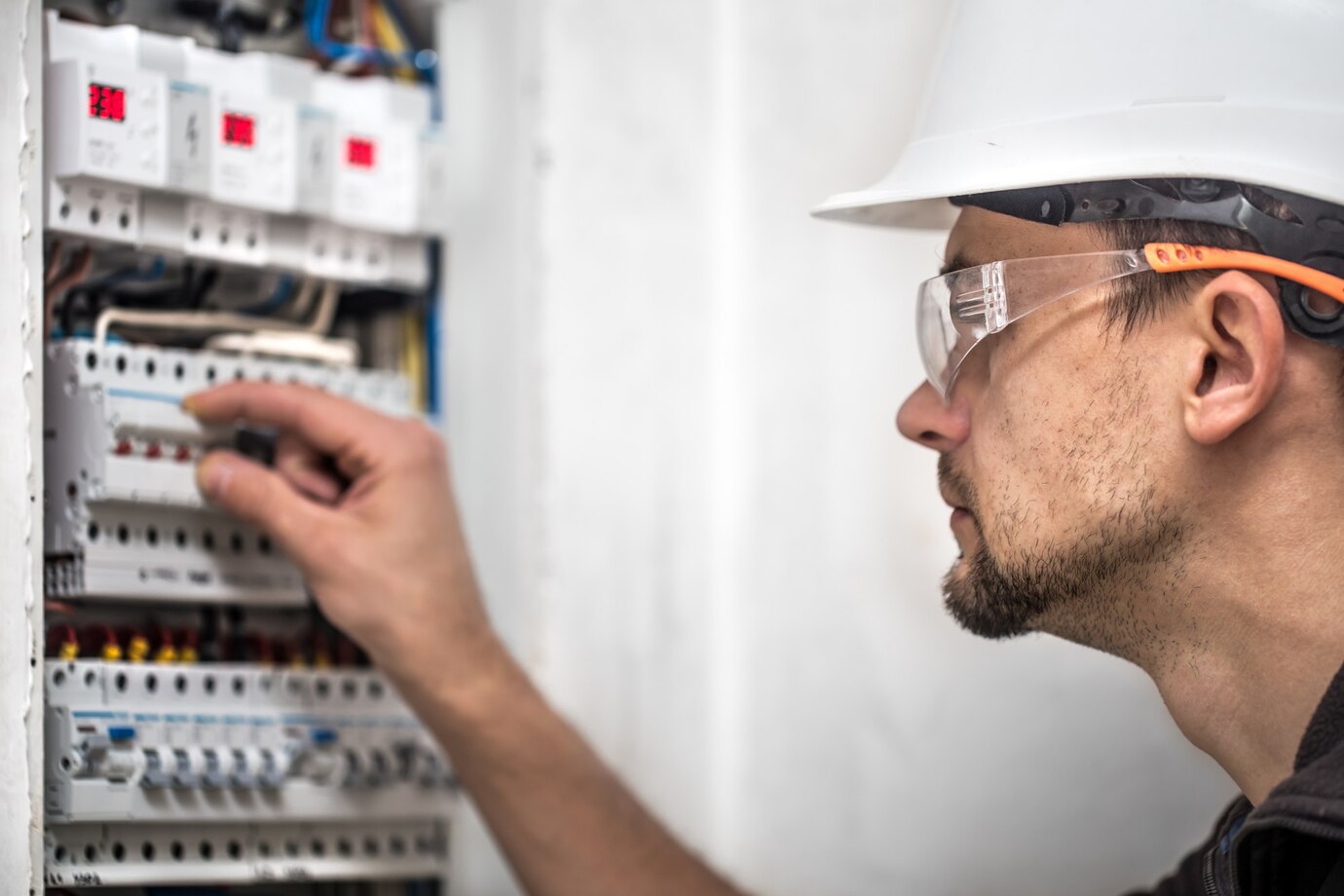
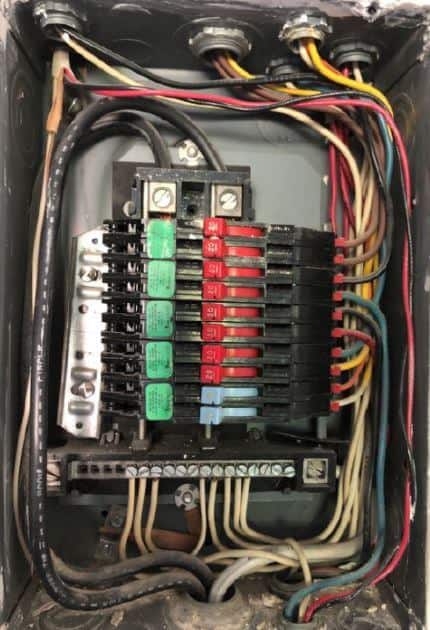

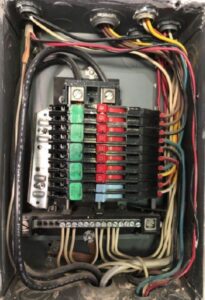
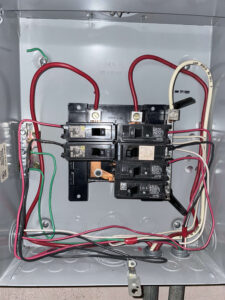
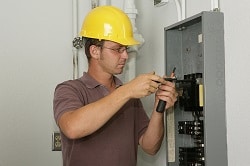
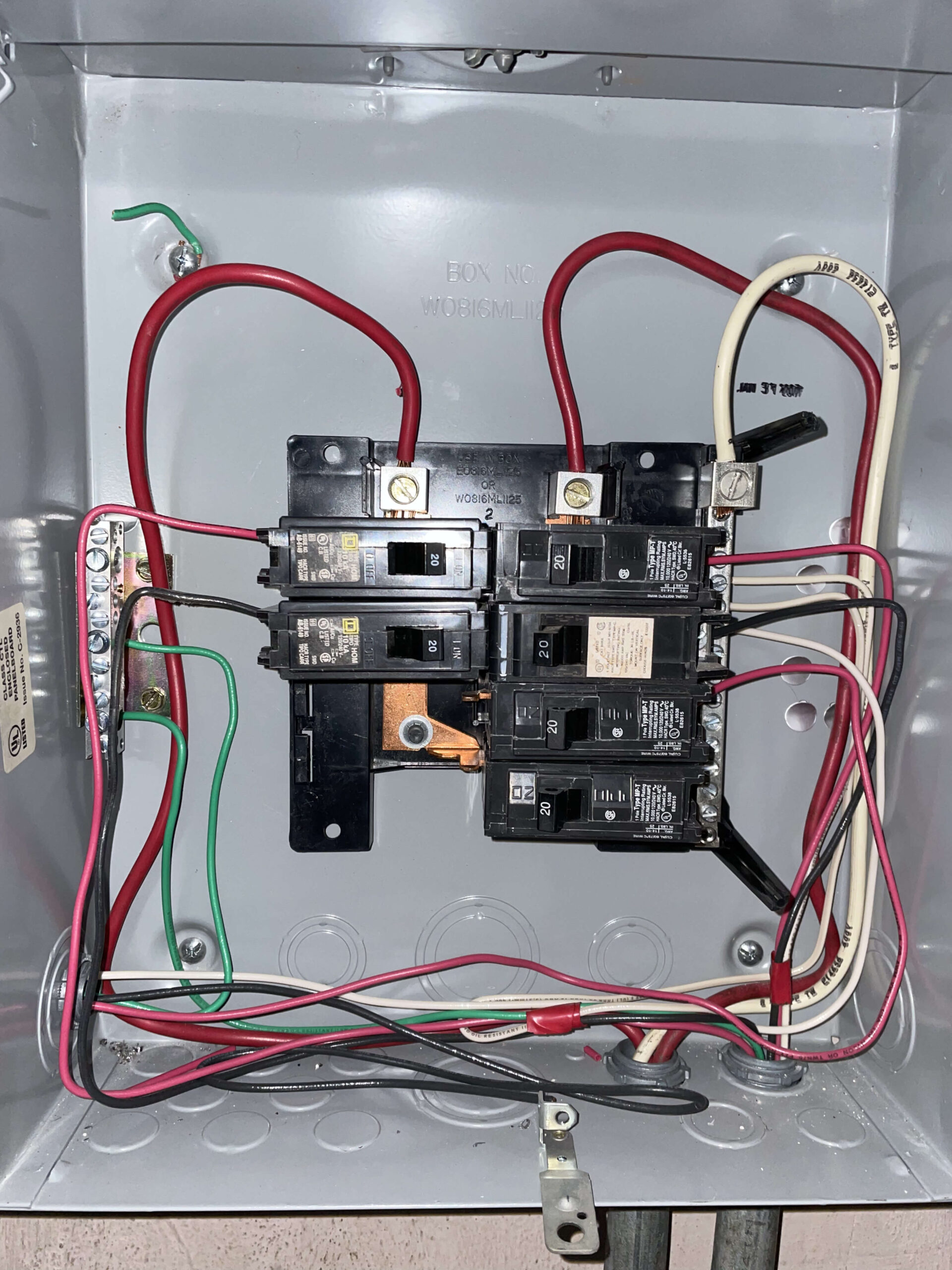
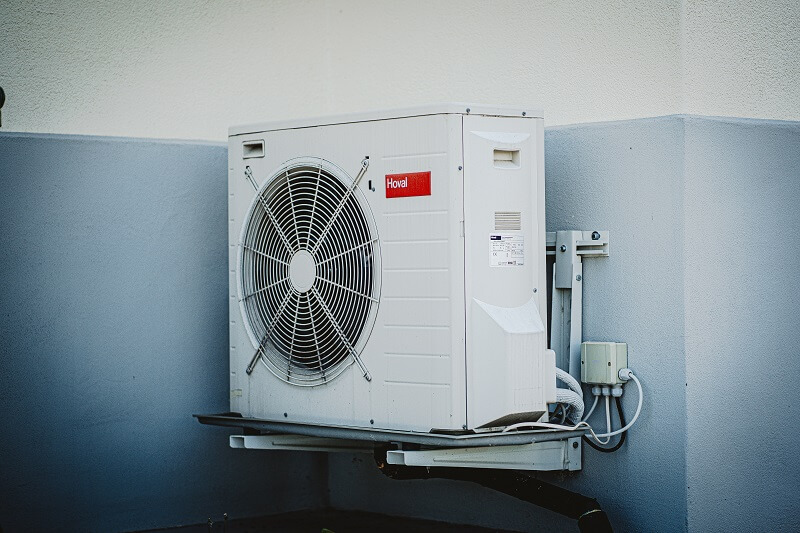
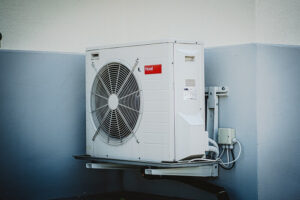 You’ve probably noticed that your lights momentarily grow dim whenever you turn on your AC Unit. Have you ever wondered why? If you haven’t then you are not alone; several people also experience the same thing. It’s very easy to get used to such things when they happen ever so often but in today’s article, we’d take a look at the reason your lights flicker when you turn on the AC.
You’ve probably noticed that your lights momentarily grow dim whenever you turn on your AC Unit. Have you ever wondered why? If you haven’t then you are not alone; several people also experience the same thing. It’s very easy to get used to such things when they happen ever so often but in today’s article, we’d take a look at the reason your lights flicker when you turn on the AC.
 When everyone thinks of their dream house, there’s almost always a pool. Most people want a pool in their house, and so if you’re planning to have one installed, welcome to the club!
When everyone thinks of their dream house, there’s almost always a pool. Most people want a pool in their house, and so if you’re planning to have one installed, welcome to the club!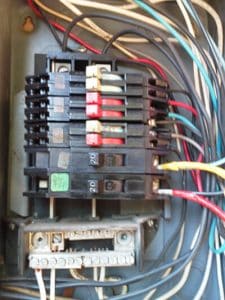 Most homeowners find it difficult to assess the condition of the panel in the home. It’s usually because you know so little about how it works.
Most homeowners find it difficult to assess the condition of the panel in the home. It’s usually because you know so little about how it works.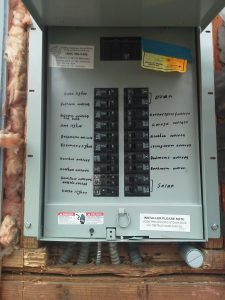 In your utility room, basement, or designated area, you will find a big grey metal box known as the electrical panel. The box comprises a series of wires and circuit breakers that determine where power goes in your home.
In your utility room, basement, or designated area, you will find a big grey metal box known as the electrical panel. The box comprises a series of wires and circuit breakers that determine where power goes in your home. Not all projects require a permit, but most electrical works do. In Los Angeles, it’s easy to pull an electrical permit if you meet all the requirements. Since pulling permits differ from state to state, we have put together the Los Angeles guide you need.
Not all projects require a permit, but most electrical works do. In Los Angeles, it’s easy to pull an electrical permit if you meet all the requirements. Since pulling permits differ from state to state, we have put together the Los Angeles guide you need.